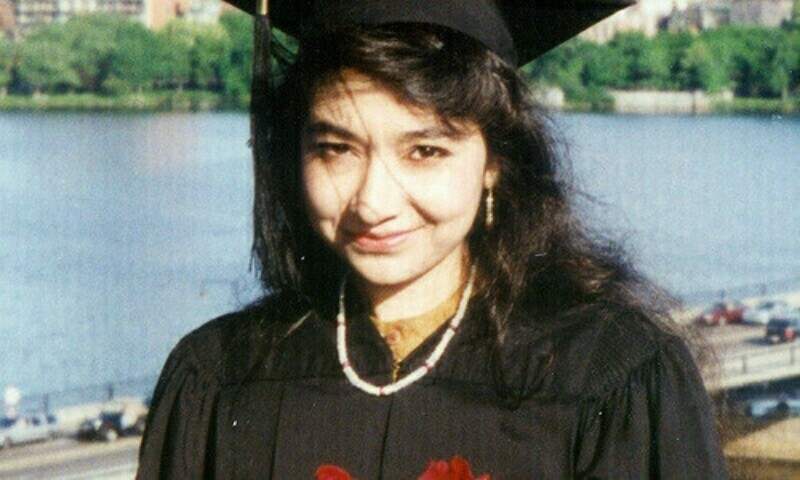The choice of women voters in 18 percent of communities (in the jurisdiction of the men’s and women’s polling stations) differed from that of their male counterparts in last year’s general elections, according to a report by the Free Elections Network and Justas (Fafen) published on Sunday.
A total of 60.8 million voters exercised their right to vote in the general elections held in Pakistan on February 8 last year, according to a dawn.com analysis.
While women’s share of votes cast increased compared to the 2018 election, voter turnout experienced a second consecutive decline, highlighting widespread “apathy.”
“Women voters in 18 percent of communities under the jurisdiction of the male and female electoral colleges voted differently than their male counterparts in the National Assembly constituencies during the 2024 general elections (GE),” it states. a press release from Fafen about the report.
In an analysis, titled ‘Women’s voting elections: importance and impact on electoral results’, Fafen compared the results of men’s and women’s polling stations in the same communities.
“In 18 percent of communities, male and female voters diverged in their choice of winner, as they returned different winners in their respective polling stations,” the press release said.
“Compared to rural areas, urban communities showed more divergent choices between male and female voters,” he added.
Meanwhile, in the rest of the 82 per cent communities, the choice of winner by male and female voters was aligned as they returned the same winner in their respective polling stations, the report added.
However, Fafen highlighted that since the election results from the combined polling stations did not provide a gender breakdown of how male and female voters vote, the analysis could only compare the results from the male and female polling stations.
Furthermore, it limited its scope to male and female polling stations where men and women from the same electoral areas voted. The assessment included 21,188 communities comprising 42,804 comparable polling stations for men and women.
PTI leads in gaining more support from women across the country
Of the 3,884 communities where women’s election of the winner of National Assembly seats was different, the PTI garnered the most support from women in 1,260 communities (32 percent), followed by the PML-N in 1,027 ( 26 percent) and the PPP at 694 (18 percent). .
According to Fafen, regional trends showed that while the PTI performed well across the country in terms of electing women voters, the PML-N remained strong in Punjab, winning more votes from women in 895 communities.
He further claimed that the PPP dominated in Sindh, getting more winning votes from women voters in 413 communities, the majority.
Breakdown by region; The impact of women on results.
According to the analysis, among the regions, the Islamabad Capital Territory (ICT) had the highest proportion (37 per cent) of electoral communities with different winners in the male and female electoral colleges.
Balochistan reflected a “smaller but notable contrast,” with 68 percent of its communities aligned on their winning options and 32 percent disagreeing. It was followed by Sindh (19 per cent) and Punjab (18 per cent), while Khyber Pakhtunkhwa had the lowest proportion (13 per cent) of such electoral communities.
Fafen’s analysis also shed light on the importance of women’s decisions in determining voter outcomes.
In 37 NA constituencies, the largest proportion of voters in women’s polling stations did not vote for the winning candidates, he noted. Meanwhile, in 226 NA constituencies, the largest proportion of voters in women’s polling stations voted for the district winner.
In seven constituencies: NA-43 Tank-cum-Dera Ismail Khan, NA-49 Attock-I, NA-55 Rawalpindi-IV, NA-87 Khushab-I, NA-94 Chiniot-II, NA-128 Lahore-XII , and NA-163 Bahawalnagar-IV: The advantage in women’s polling stations determined the winner.









